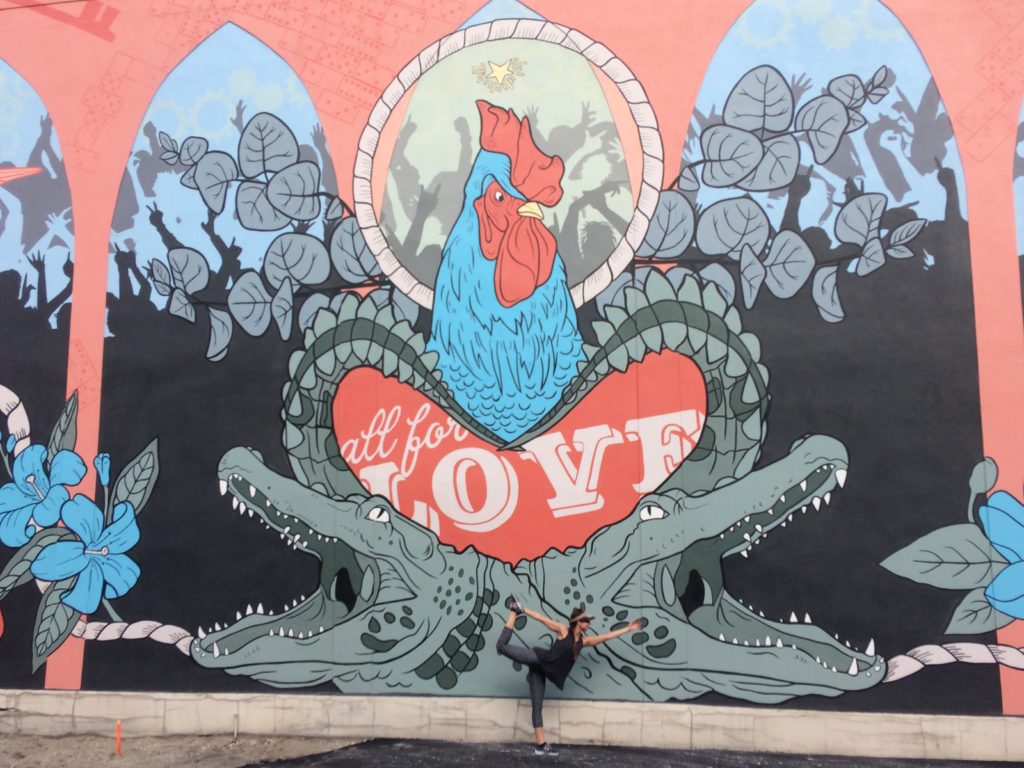
Does Your New Year's Resolution Need To See A Shrink?
We all know the disheartening statistics – it’s estimated that less than 10% of people stick to their resolutions. Maybe we need to reevaluate if we’re even setting the right goals to begin with. And that starts by asking better questions.
Nod if this sounds familiar: “I want something to change but I don’t know what and/or I don’t know how. So… I will continue to go through the motions that run my everyday life and allow that to be a distraction so I don’t have to think about it anymore.”
So it’s the beginning of January. And you’ve over-indulged over the holidays (again) even after you swore you wouldn’t (again). And the gyms are packed. And the health food stores are crowded. And you’re already sick of seeing infomercials for products claiming they will give you a 6-pack in 6 minutes. Although you wonder (again) if maybe they actually work?
I have never been one for “New Year’s Resolutions.” If you want something to change, do it. You don’t even have to wait for a Monday. But if I’m being true to my profession, I have to acknowledge the psychology of it. The beginning of a year, something about seeing the numbers 1/1, marks a starting over point. A cosmic reset button. A day that allows you to mentally close a chapter on a year that might not have gone so well. To liberate yourself from the “mistakes” you made last year, because THIS year you’ll do everything right. And the entire world acknowledges it by having a big champagne popping extravaganza.
So if you’ve made a resolution, good for you. How tangible is it? Oftentimes clients tell me they set goals for themselves along the lines of, “This year I want to be happier.” Super. Admirable. Optimistic. But what does that mean? What are you going to do about it? If I just give myself a blanket mandate that I want to be happier and I don’t have any idea what I would do or change to make that happen, then I’m setting myself up for disappointment (which usually comes with some self-deprecating and a blow to the self-worth). Counterproductive in the world of mental health. So if your New Year’s Resolution involves a “be,” make sure it also includes a “do.” For example: “I want to quit smoking.” Just having the desire, unfortunately, isn’t enough. What are the steps, the how? (See my doctor, try the patch, go to a support group, use e-cigarettes, you get the idea.) If you aren’t creating action items, you’re a lot less likely to actually take action.
How One Of My Biggest Mistakes Can Help You
Of course I couldn’t go from my cubicle to being a writer (and a credentialed one, at that) overnight, just because I said I wanted to. There are approximately 53 steps between those two things. And because I was looking so far ahead, I allowed myself to be more overwhelmed with fear and doubt and questions that I didn’t stop to consider that those questions might actually be answerable. Doing a few small things might just be, well, do-able. So I started at the very beginning. “Are there schools near me that offer programs in what I want to do?” “Do those programs have e-learning options so I can keep my job while going to school?” “What are the requirements to get into these programs?” I still had no idea how I was going to end up with my computer facing the window in my apartment on the Upper West Side while writing a newspaper column about sex in my pajamas, but that was OK. I had action items. With each question answered and task checked off the list, I was closer to improbable than impossible.
What is it that you’ve always wanted to do or try, and have mentally categorized it as “impossible”?

What Is Your Why?
If your New Year’s Resolution really could make an appointment for therapy, the most important question it would be asked is, “Why?”
Many therapeutic techniques, think Cognitive Behavioral Therapy (CBT) Neuro-Linguistic Programming (NLP), even Eye Movement Desensitization & Reprocessing (EMDR), have a heavy focus on the words we use when talking to ourselves. That inner voice we have, which is usually our own worst critic, can also be our biggest barrier to change.
So try this quick exercise with your own resolution, or really with any goal that you have created for yourself. How would you answer the question, “Why?”
Let’s say my New Year’s Resolution is to lose weight. And my answer to “Why” is because I hate the way I look. I don’t feel like I am good enough or lovable in my current body. There is something wrong with me because I can’t fit into a size 6, or 4, or 2. I’m supposed to look like girls I see on magazine covers. Harsh, right? But if the voice in your head operates like this, which is often closeted but common, your motivation for change could be detrimental to allowing it to happen. This type of negative mindset creates a “have to” attitude instead of a “want to” attitude. And no one likes to be forced to do anything, even by their own psyche.
The therapeutic work becomes this: Can you challenge yourself to use different vocabulary, in your head and out loud? “Why do I want to lose weight?” Because I want to be healthy. Because I care about my body. Because exercise is a good stress reliever. Because I want to feel strong and empowered. Because there are things I want to do (hike a mountain, run a race, take a trip, keep up with my kids) and it will help me prepare. Because I want to stick around and experience this life for a while, so it’s probably a good idea to take care of my body.
Maybe your motivation is as cliche as wanting to look good in a bikini. Fine with me, as long as you are speaking kindly to yourself about it. And then, of course, we’ll have to analyze your definition of “good…”



